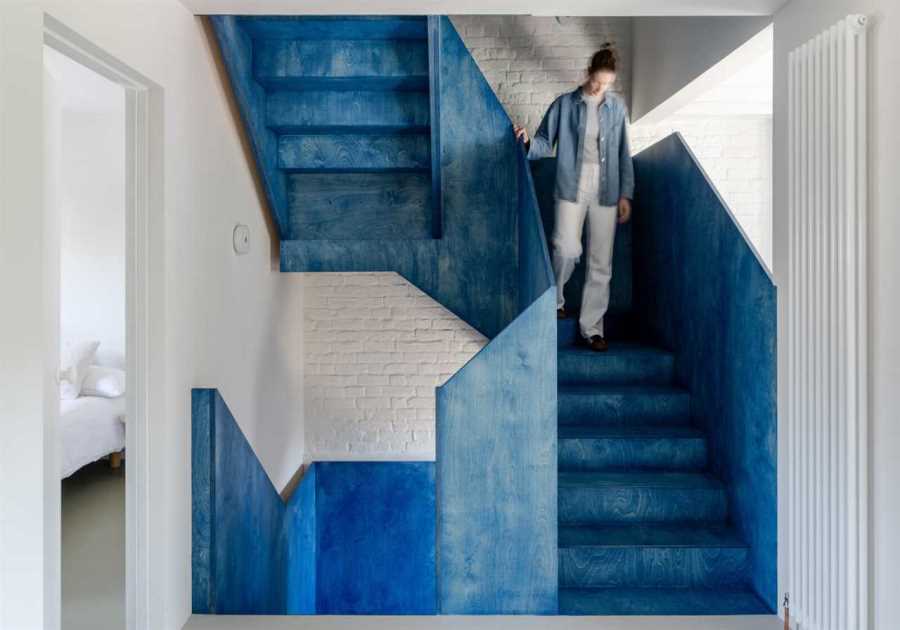Just a few years ago, most of the tech industry had written off augmented reality as a silly little gimmick for smartphones and apps that were the new, hot commodity at the time. Cut to the present day, augmented reality is undoubtedly starting to prove itself a valuable pillar of modern technology across most entertainment, communication, and education industries.
Here are a few ways your company could leverage the power of augmented reality to boost its social media marketing endeavors.
Branded Filters
Filters are all the rage among the younger generation, especially on apps such as Snapchat and Instagram. These filters use augmented reality technology to let users apply quirky visuals and features to their images, such as flower crowns, big eyes, and even puppy ears.
Even brands have tried to get in on the fun. One example is Taco Bell, which ran a popular social media campaign for Cinco De Mayo in partnership with Snapchat. Users could use the app to turn their faces into giant tacos featuring the Taco Bell logo. Millions of such images were posted all over social media, greatly benefiting Taco Bell’s social media reach.
Try Before You Buy
Online shopping has become a massive mega-industry, but there’s always been one thing holding it back. People like to try something before buying them; this goes for clothes, shoes, and even furniture.

Some brands already offer innovative solutions to this problem.
Adidas worked with Snapchat in 2019 to provide customers a way to virtually ‘try on’ shoes from their homes before buying them. Although this may not be a perfect one-to-one experience, customers can at least see what the shoe looks like on their feet and how the colors pair with existing outfits.
Ikea now has an app that allows users to create an augmented reality projection of any furniture from their catalog right in their homes. The AR projections perfectly scale, allowing customers to see just how a piece of furniture will look and fit in their home. The app will enable users to angle their furniture and experiment with different positions and places within their homes. This app brings the Ikea experience right to your bedroom.
Instagram has recently announced they will allow any brand to offer such AR experiences using their social media platform, so it looks like this means of utilizing AR is set to become a new standard on social media.
Impulse Buying
We’ve all experienced it. You’re at a store, and you see something you like, but you don’t need it, and perhaps there’s no practical reason even to buy it but end up purchasing it is called impulse buying. That’s okay, and it’s only worse on social media because you no longer need to go to the mall; all it takes is a click of a button.
Augmented reality takes impulse buying to a whole new extreme. Platforms like Instagram offer brands a platform to put up an augmented reality ad on social media that takes you to a shopping page at the push of a button; this combines the simulated realism of shopping in-person with the ease of purchase only found on social media.

Heightened Immersion
Holding the attention of potential customers on social media is a challenge. People’s newsfeeds constantly update with the latest news, ads, and posts from their friends, and fa- oh look, a kitten. All jokes aside, it’s true that attention is the most valuable currency on social media, and brands constantly fight for a larger slice of mindshare. No matter how visually appealing, image-based ads can only hold people’s attention for so long, and most people watch a video for mere seconds before scrolling away. Augmented reality can offer users a truly unique experience that grips their attention long enough to market a product or service to them.
Augmented Tech Demos
Whether or not a new technology will succeed or fail always depends on how well it works. First impressions matter; that’s why tech expos and media shows like the Consumer Electronics Show (CES) are so popular; tech companies use these shows as an opportunity to display their technology live to large audiences and prove how well they work.
Augmented reality allows companies to broadcast such displays across social media to enable users to engage with the demo interactively, virtually experiencing how a new technology functions as if they could reach out and touch it.
In Conclusion
With so many innovative ways to use augmented reality and new opportunities constantly coming to life as technology evolves, it’s clear that AR deserves a rightful place as the next central pillar in social media marketing. Brands should consider investing in augmented reality or risk missing the next step in digital interaction between brands and customers. About Complete Controller® – America’s Bookkeeping Experts Complete Controller is the Nation’s Leader in virtual bookkeeping, providing service to businesses and households alike. Utilizing Complete Controller’s technology, clients gain access to a cloud platform where their QuickBooks
About Complete Controller® – America’s Bookkeeping Experts Complete Controller is the Nation’s Leader in virtual bookkeeping, providing service to businesses and households alike. Utilizing Complete Controller’s technology, clients gain access to a cloud platform where their QuickBooks file, critical financial documents, and back-office tools are hosted in an efficient SSO environment. Complete Controller’s team of certified US-based accounting professionals provide bookkeeping, record storage, performance reporting, and controller services including training, cash-flow management, budgeting and forecasting, process and controls advisement, and bill-pay. With flat-rate service plans, Complete Controller is the most cost-effective expert accounting solution for business, family-office, trusts, and households of any size or complexity.
file, critical financial documents, and back-office tools are hosted in an efficient SSO environment. Complete Controller’s team of certified US-based accounting professionals provide bookkeeping, record storage, performance reporting, and controller services including training, cash-flow management, budgeting and forecasting, process and controls advisement, and bill-pay. With flat-rate service plans, Complete Controller is the most cost-effective expert accounting solution for business, family-office, trusts, and households of any size or complexity.
 The post How Augmented Reality Can Boost Social Media Marketing first appeared on Complete Controller.------------
The post How Augmented Reality Can Boost Social Media Marketing first appeared on Complete Controller.------------Read More
By: Complete Controller
Title: How Augmented Reality Can Boost Social Media Marketing
Sourced From: www.completecontroller.com/how-augmented-reality-can-boost-social-media-marketing/
Published Date: Tue, 08 Nov 2022 18:00:41 +0000
.png)





